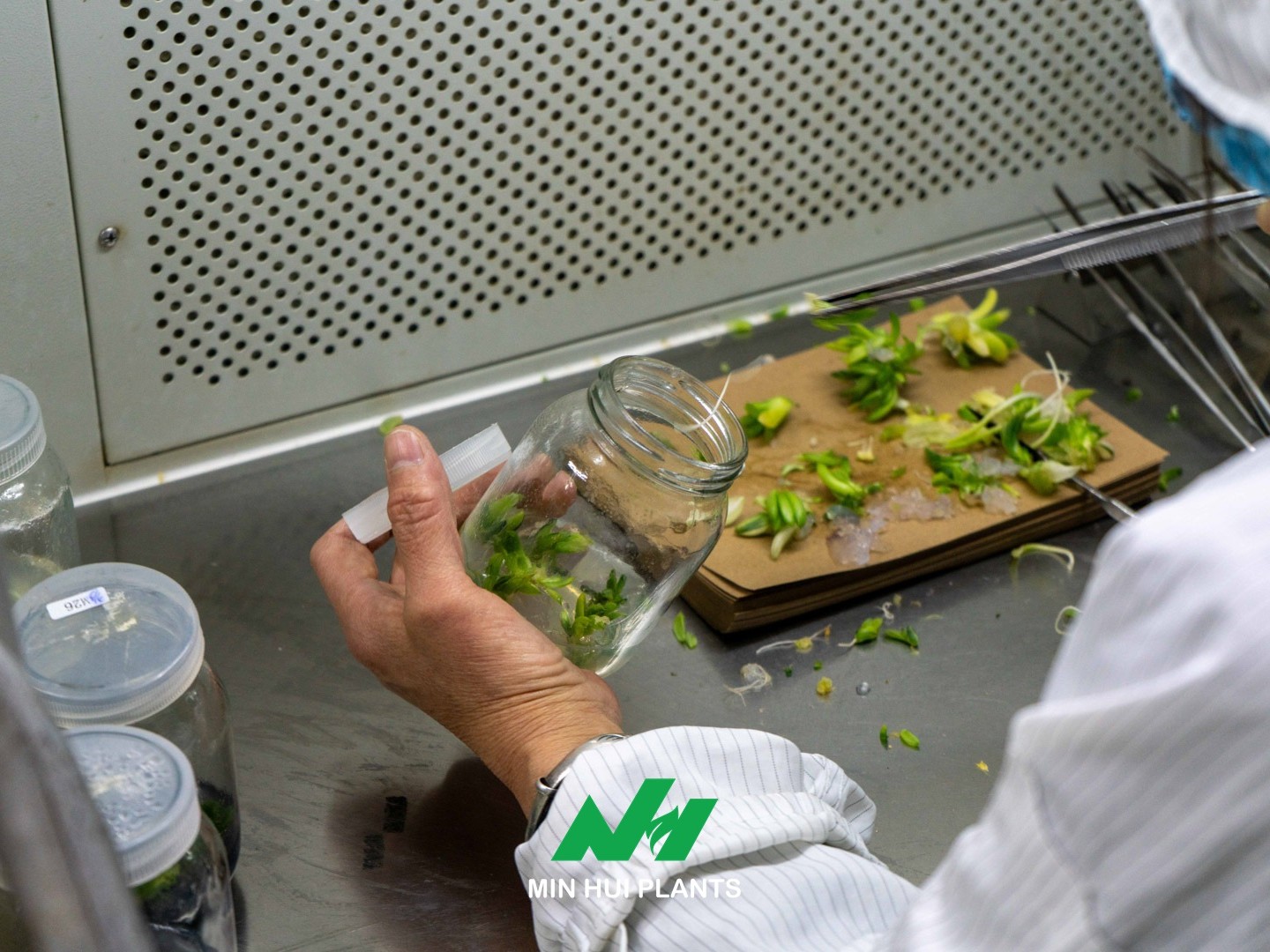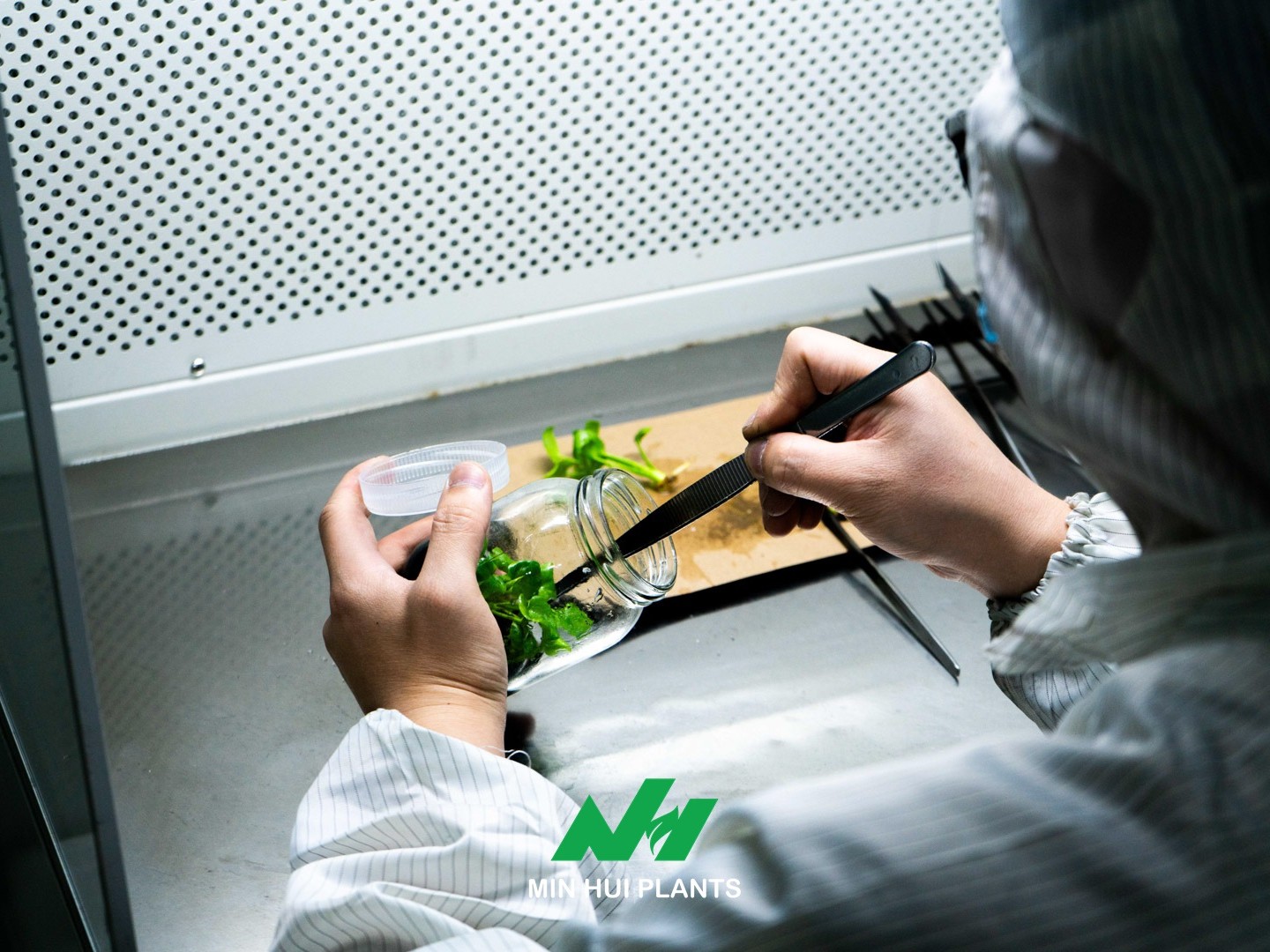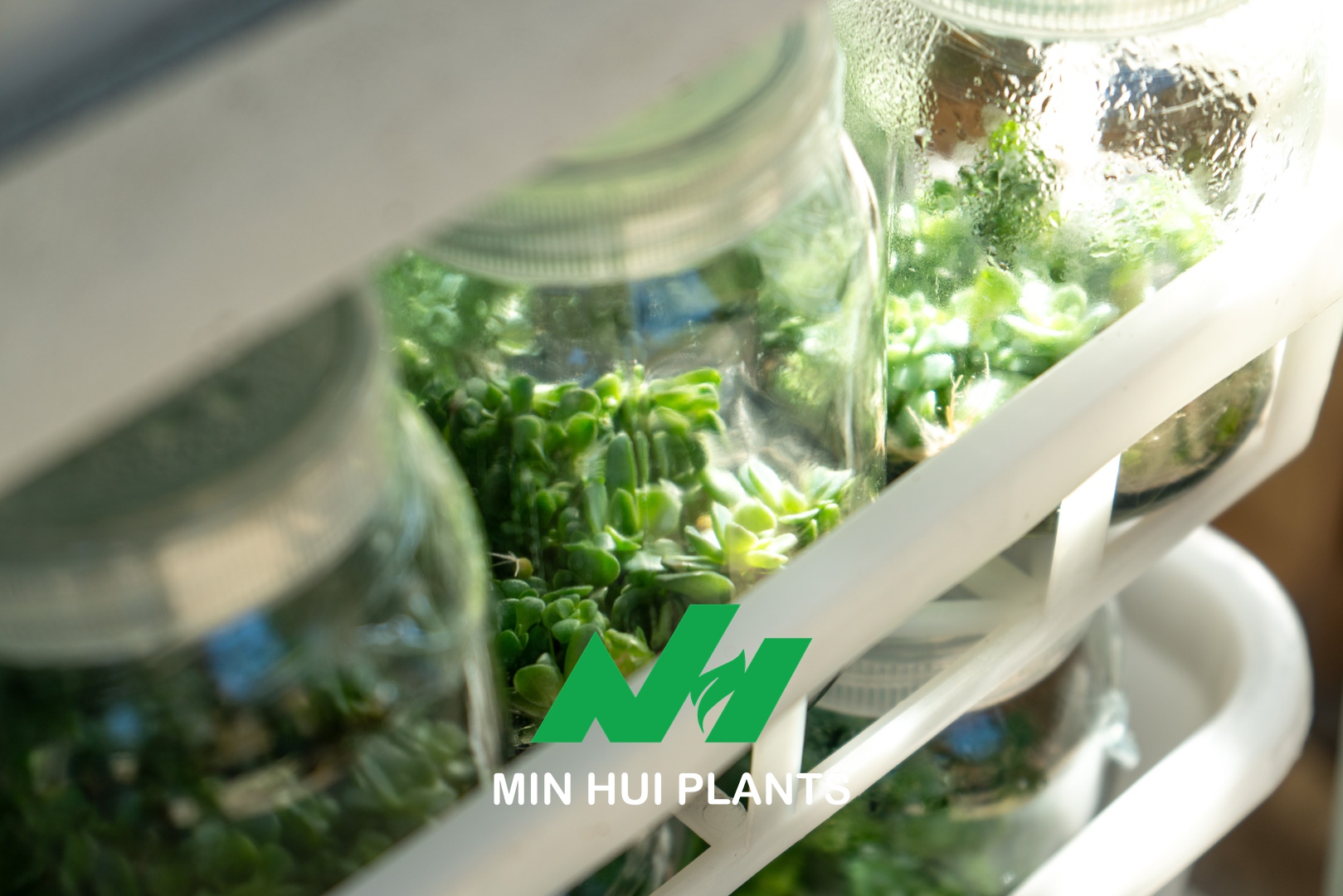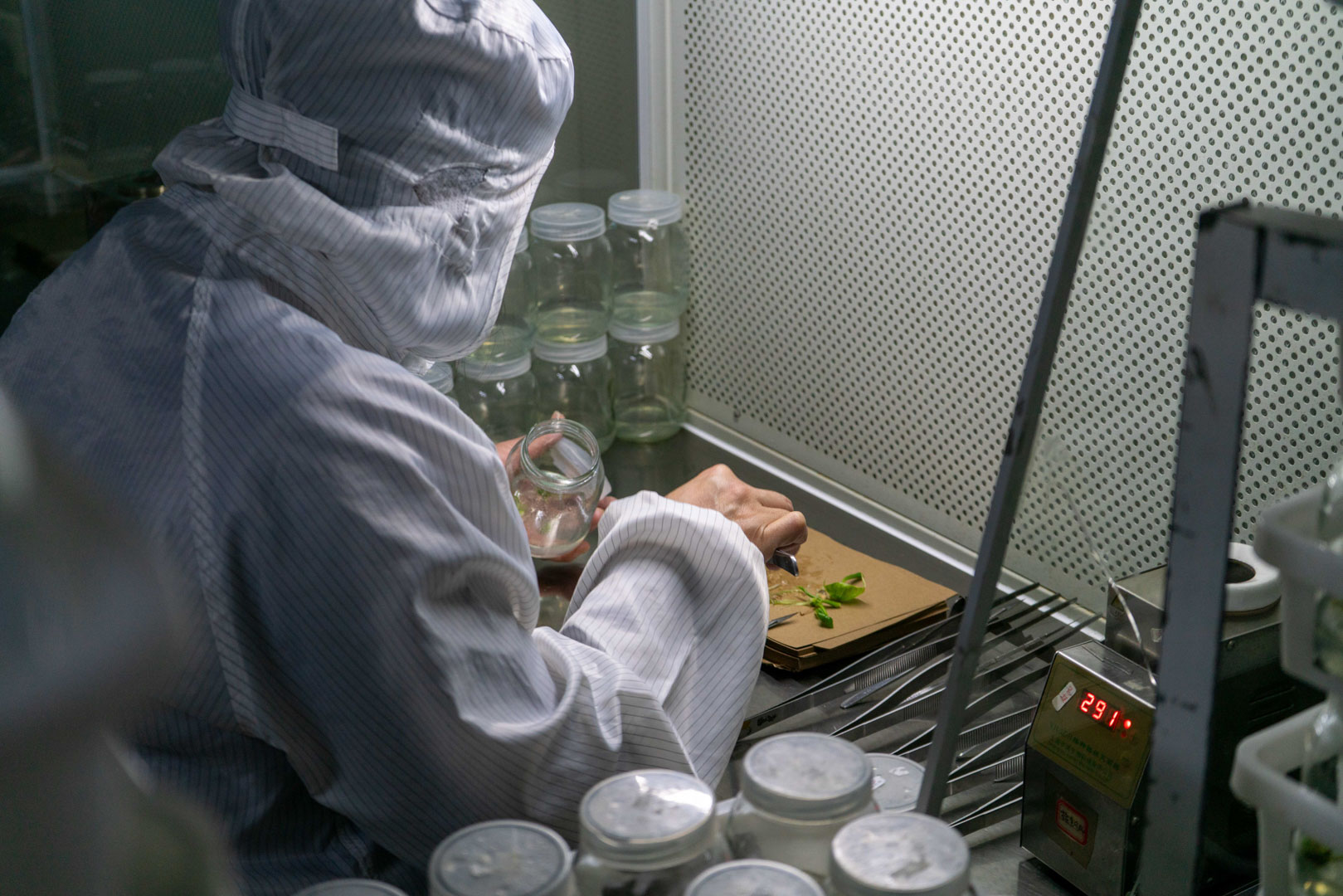
 Importance of Tissue Culture in Agriculture?
Importance of Tissue Culture in Agriculture?Author: Min Hui Plants
Exploring tissue culture at the Minhui base
Jul 02, 202565
 Understanding the global popularity of succulents – a practical guide for wholesalers
Understanding the global popularity of succulents – a practical guide for wholesalersAuthor: Min Hui Plants
Plant Wholesale
Jun 29, 202599
 How to import tropical plants from China legally?
How to import tropical plants from China legally?Author: Min Hui Plants
Why buy tropical plants from China?
Jun 29, 2025101
 Why Tropical Plants Are in High Demand for Interior Décor and Landscaping
Why Tropical Plants Are in High Demand for Interior Décor and LandscapingAuthor: Min Hui Plants
Tropical Plants in Interior Décor Are Leading the 2025 Green Design Trend
Jun 29, 202585
